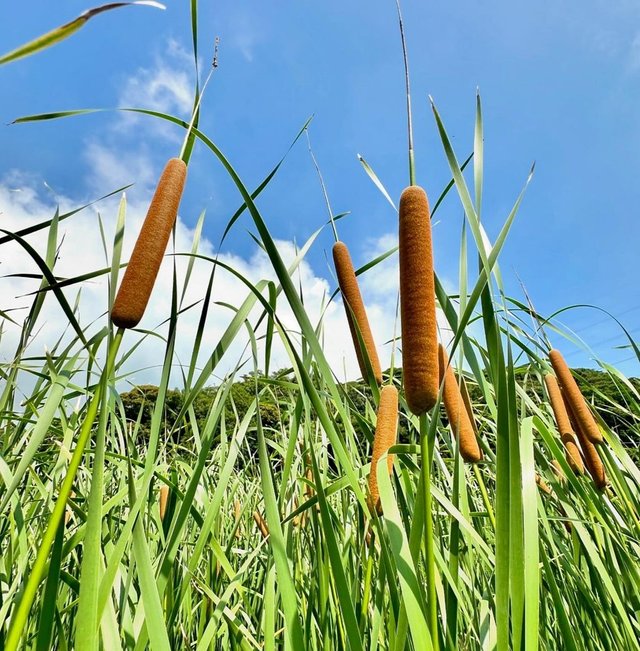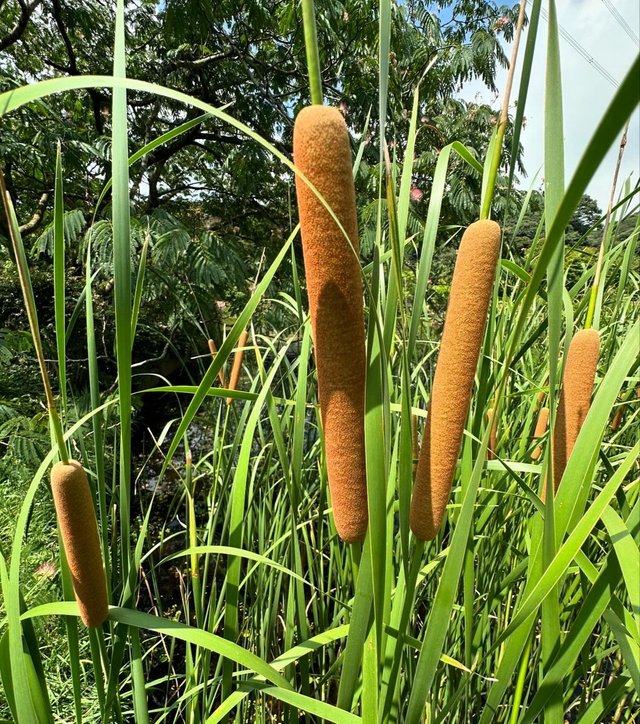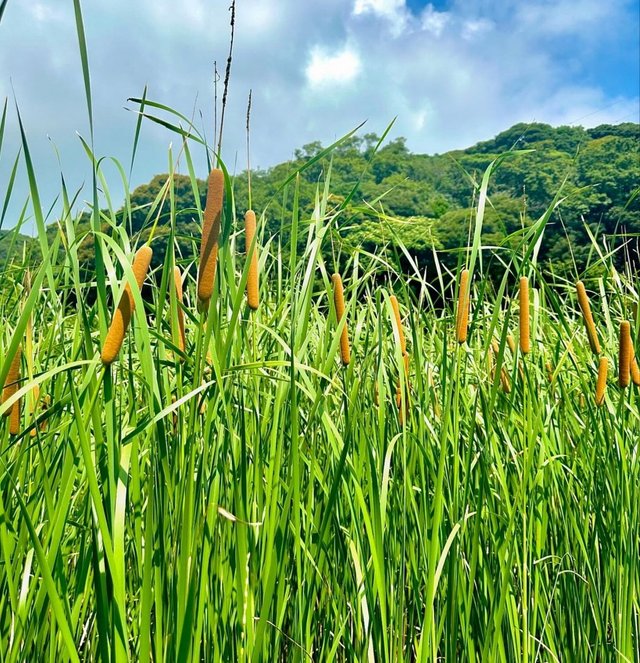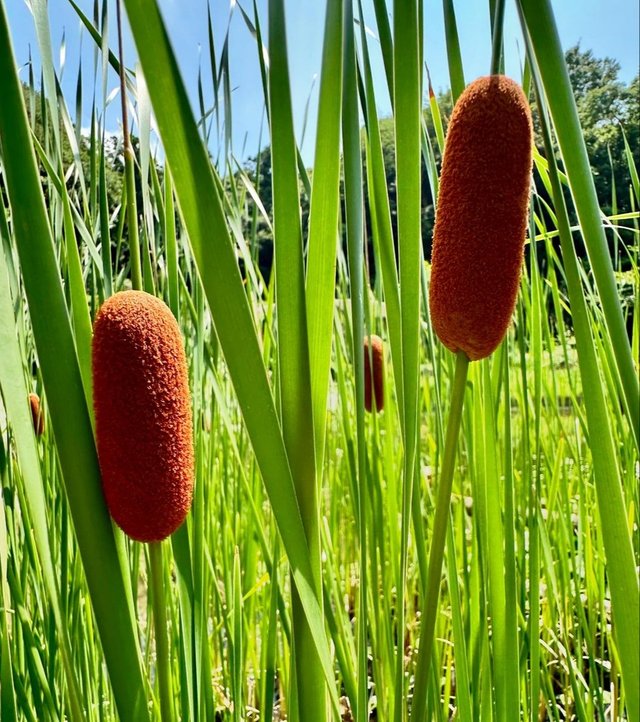Narrowleaf Cattail So Amazing
The narrowleaf cattail is a tall, perennial plant belonging to the Typhaceae family, recognized for its characteristic dense, cylindrical flowering spikes that resemble the heads of cattails, hence the common name. This species is native to Europe and Asia but has spread to various parts of North America, where it thrives in wetlands, marshes, ditches, and along the edges of ponds and streams.
Physical Characteristics
Narrowleaf cattails are easily distinguishable from other cattail species by their narrow, grass-like leaves, which typically measure between 0.4 to 1.2 centimeters in width. The leaves are long, flat, and taper to a pointed tip, often reaching lengths of up to 2 meters. The plant’s height varies but generally ranges from 1.5 to 3 meters tall. The flower spikes are divided into two distinct sections: a brown, sausage-shaped female part located at the bottom and a thinner, yellowish male part at the top. The gap between the male and female portions of the spike is a key characteristic that differentiates narrowleaf cattail from the common cattail, where the two sections typically touch or overlap.
Habitat and Ecology
Narrowleaf cattails are highly adaptable and can colonize a wide range of wetland habitats, including freshwater, brackish water, and even slightly saline environments. They are particularly successful in disturbed or nutrient-rich areas, where they can rapidly form dense stands, outcompeting other plant species. The plant’s root system is composed of extensive rhizomes, which allow it to spread aggressively and form large monocultures. These dense stands can significantly alter the structure of wetland ecosystems, often reducing biodiversity by shading out or crowding other native plants.
Reproduction and Growth
The narrowleaf cattail reproduces both sexually, through the production of seeds, and asexually, via rhizome expansion. The flowering season typically occurs from late spring to early summer. The male flowers, located at the top of the spike, release pollen, which is carried by the wind to the female flowers below. After fertilization, the female flowers develop into seed heads containing thousands of tiny seeds. Each seed is attached to a tuft of fine hairs, which aids in wind dispersal. The seeds can remain viable in the soil for several years, allowing the plant to re-establish in areas where it has been removed or disturbed.




